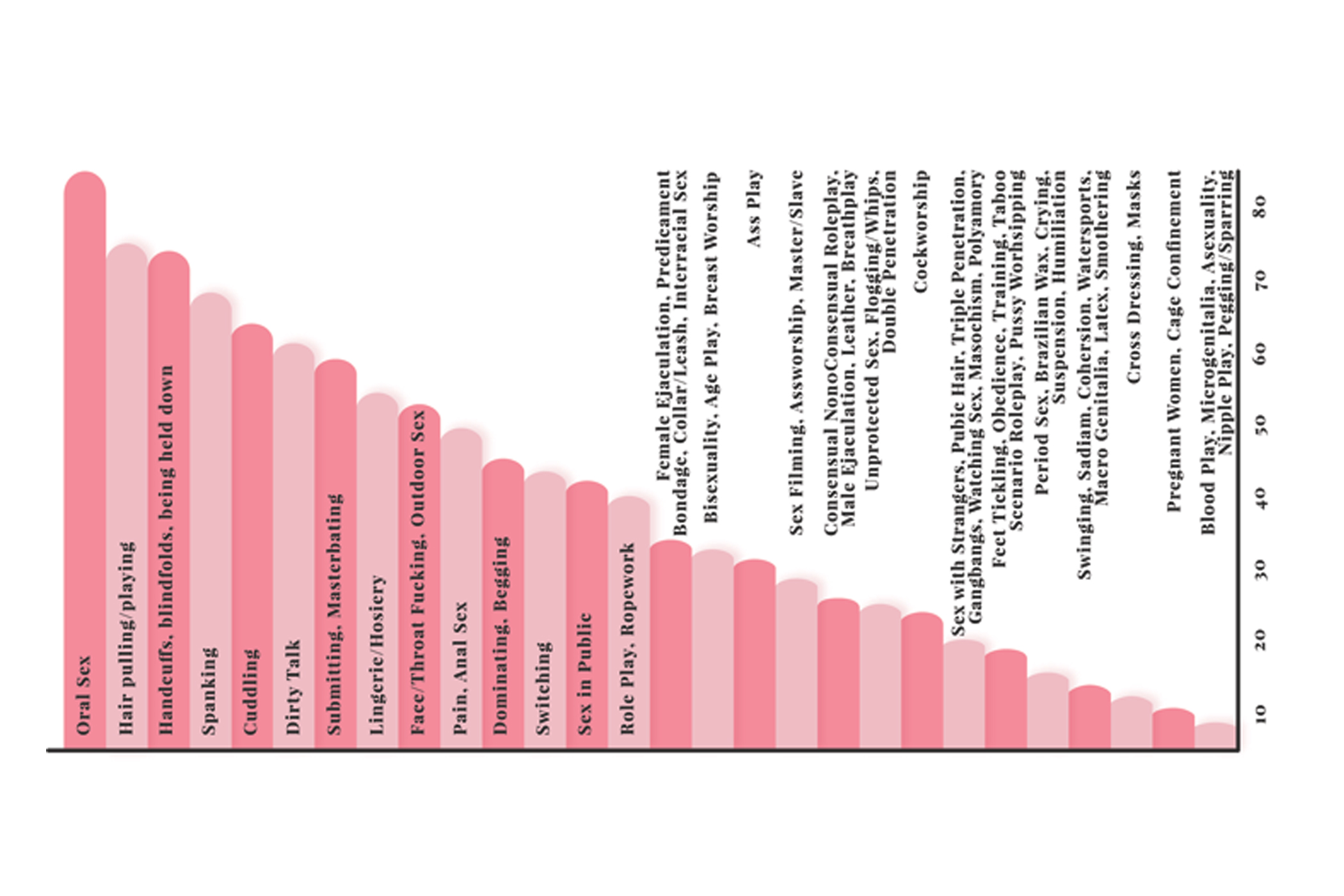Flesh and Blood only goes skin deep
Flesh and Blood
Newmark Theatre
Through Nov. 18
Before “Flesh and Blood” officially took the stage, Portland Center Stage artistic director Chris Coleman made a handful of announcements. One that seemed most ironic was the statement to the effect that PCS was thrilled to be able to take a chance and bring new works to the stage.
Personally I fail to see how adapting an award-winning novel by Pulitzer Prize winning novelist Michael Cunningham constitutes “going out on a limb for new work.” But that’s just me. Particularly considering his next statement that they were awarded approximately $1.3 million grant from the Meyer Foundation. You could stage “Bingo! The Octogenarian Musical Revival” and still hobble away financially solvent. Anyway, to the show itself …
Again, as is proverbially the case with PCS, the set is incredible. Giant, stiff drapes, connected with large rope disappear into the rafters. Three large tiers run upstage from the audience and are covered in recycled rubber compound. (The same flooring used in last year’s “Antigone.”)
The most remarkable piece of the set is an island of grass 15 feet off the floor with tree roots and a giant silver ladder the only means of support. It’s a great effect, a great piece of staging.
However, the set is also incredibly BIG. And I mean BIG.
The size and grandeur of the set becomes explainable when the resent credits of stage designer Andrew Lieberman are noted, Glimmer glass Opera, Wolf Trap Opera, opera, opera.
Because of this “opera-esque set” it is constantly swallowing (figuratively) actors in its cavernous maw. For a large theater space like the Newmark the large set simply adds to the sense of being removed from the performance and the immediacy of live theater.
The other great barrier for this to be a great play is the length. Or, perhaps more correctly, having only one intermission during the nearly three and a half hour epic. Attention tends to wander from the stage to the probability, possibility, of incontinence.
Particularly when the placement of the intermission creates a specific amount of confusion. Once character Zoe (Holly Spencer) before the break is mentioned to be pregnant. The opening of Act II begins with a young boy. Naturally, logically, you’d think this would be Zoe’s child. No, it’s her sister. So, why not give the audience a break from the confusion and an extra break for the restroom and add another intermission?
The difficulty with the play for me was not in the set, as grandiose as it was, nor the length, but that they’re really didn’t seem to be anything unique in the story. (No, I’ve not read the book, and after three and a half hours of “Flesh and Blood” it’s not necessary.) It had all the hot, news worthy, “cliche” topics of the late 20th century, AIDS, infidelity, incest, homosexuality, identity crises, etcetera, etcetera.
I do not mean to denigrate them as social topics that need to be addressed, confronted and alleviated. However, when a “story” is nothing but one topic after another after another it seems to become a long, exacerbating parade of highlights. This is more a highlight reel of the past 40 years than an in-depth study of individuals and circumstance(s).
There were just so many big topics and main characters that none of them could be explored into any depth. And this sweeping grandeur and the lack of exploration carried over into the stories of the characters.
When you attempt to present so many characters equally (no less than 6 “main” characters), realistically, there can only be a diluting of intent and investigation. It seems to me the novel would be better served if made into a television miniseries than a stage play.
I will say the acting was stellar, though the enormity of the set did seem to detract from the performances. One of the most fascinating aspects of “Flesh and Blood” is watching, witnessing, the transformation of the actors/characters over the years. The progression from young child to adult, or young woman to elderly, was a challenge that the entire cast persevered with and accomplished eloquently.
Outstanding performances were had by all the cast but perhaps most notable was Jack Clay as Cassandra the drag queen. Playwright Peter Gaitens, who also plays Billy, had a definite affinity for Cassandra as she was given one great line after another. Almost to the extent that it undermined the “main” characters stories.
Should you go, attempt to get seats on the main floor as being in the balconies simply makes one all the more removed from the action, and far more likely to sneak out and use the restroom.
Allow me to say everyone I’ve talked with has been most favorable with their accolades of the show. “Flesh and Blood” runs through Nov. 18. For tickets and information call 503-274-6588.




